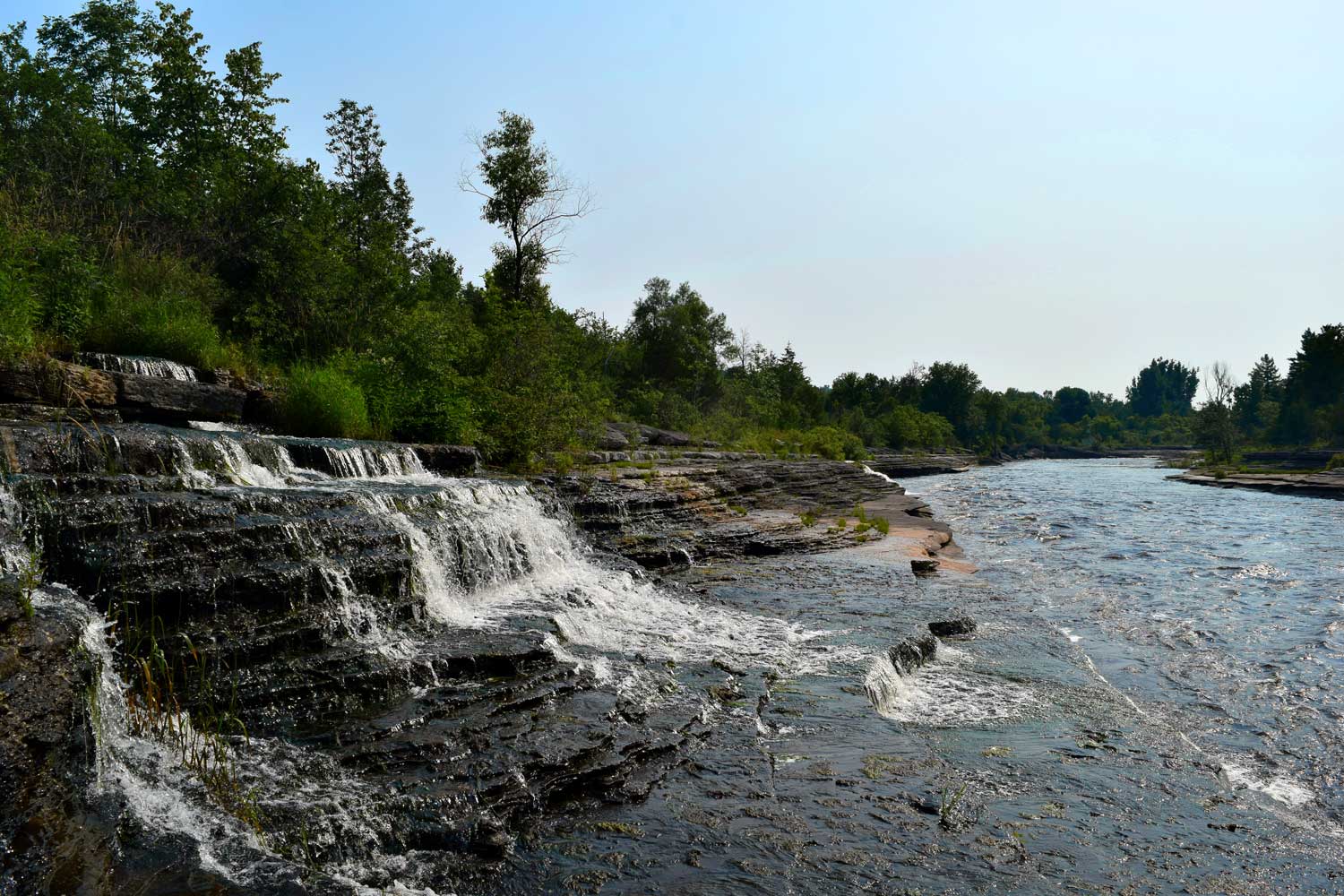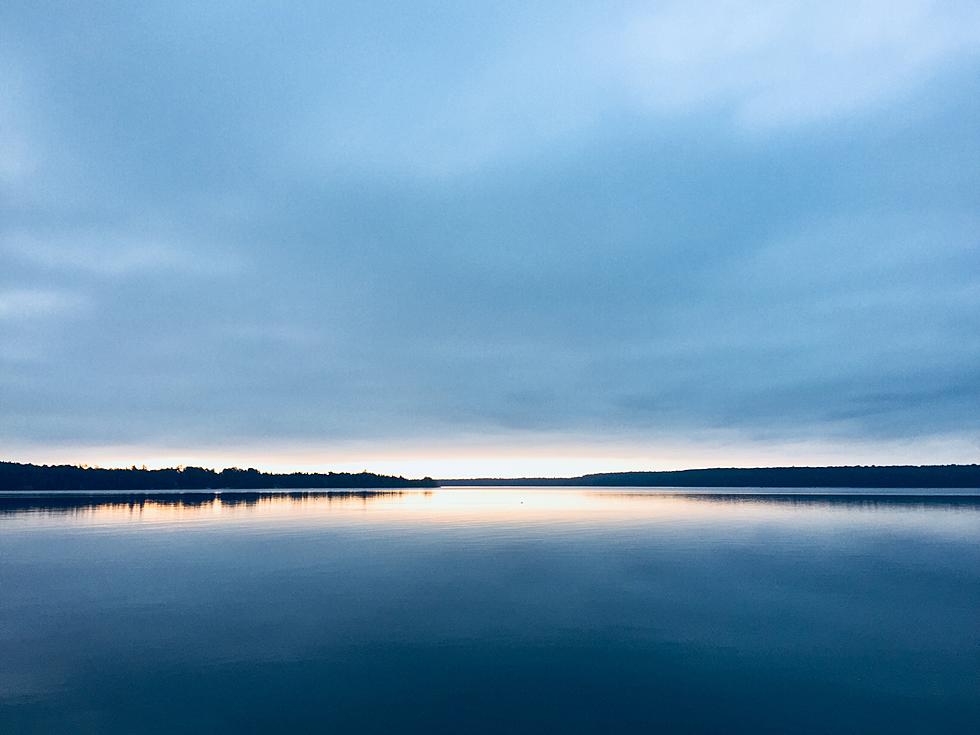Black River

Nestled in the heart of Upstate New York, the Black River flows silently, carrying within its currents a tapestry of cultural significance that has woven itself through centuries. In this exploration, we unravel the layers of history, traditions, and indigenous connections that make the Black River culturally important. From the early indigenous communities to the present-day river towns, the Black River stands as a testament to the resilience and richness of the cultural heritage that defines Upstate New York.
1. Indigenous Roots: The First Custodians of the Black River
The Haudenosaunee Connection:
Long before European settlers arrived, the Haudenosaunee, also known as the Iroquois Confederacy, called the Black River region home. Explore the deep connections between the river and the indigenous communities that thrived along its banks. The river was not merely a waterway but a source of sustenance, spirituality, and cultural identity. The river flows mainly northwest, dividing the Tug Hill region to the west from the Adirondack Mountains to the east in its valley.
The River as a Lifeline:
For the Haudenosaunee, the Black River was more than a physical feature; it was a lifeline. The abundance of fish, wildlife, and fertile lands along the river sustained their communities and contributed to the development of unique cultural practices, stories, and traditions.
2. European Settlement and Cultural Exchange:
Fur Trade and Early Settlements:
As European settlers ventured into the Black River region in the 18th century, the dynamics of the river communities underwent transformation. The fur trade became a key economic driver, leading to interactions and cultural exchanges between the indigenous peoples and European settlers.
Impact of the Erie Canal:
The construction of the Erie Canal in the 19th century further shaped the cultural landscape along the Black. Towns and villages flourished, and the river became a crucial transportation route, facilitating the exchange of goods, ideas, and cultural influences.
3. River Towns and Their Cultural Contributions:
Watertown: A Hub of Cultural Activity:
Watertown, a prominent town along the Black River, emerged as a cultural hub. The riverbanks witnessed the growth of theaters, art galleries, and community events that contributed to the cultural vibrancy of the region. Explore the evolution of Watertown as a cultural epicenter.
Riverfront Festivals and Traditions:
The riverfront of Black towns became stages for cultural celebrations and festivals. From Independence Day celebrations to cultural festivals honoring the region’s heritage, these events continue to foster a sense of community and pride.

4. Cultural Preservation and Indigenous Revitalization:
Preserving Indigenous Languages and Traditions:
In recent decades, there has been a renewed focus on preserving and revitalizing indigenous languages and traditions. Explore the efforts of indigenous communities along the River to reclaim and celebrate their cultural heritage, ensuring that future generations inherit a strong sense of identity.
Cultural Centers and Museums:
Cultural centers and museums dedicated to the history of the Black region have emerged as guardians of the cultural legacy. These institutions showcase artifacts, stories, and artworks that highlight the diverse cultural influences that have shaped the region.
5. Environmental Conservation and Cultural Stewardship:
The River as a Cultural Landscape:
The Black River is not only a physical entity but a cultural landscape that reflects the interconnectedness of nature and human communities. Explore the cultural significance attached to the river’s flora, fauna, and the environmental stewardship efforts aimed at preserving this heritage.
Community-Led Conservation Initiatives:
Witness the collaborative efforts of river communities in environmental conservation. From clean-up initiatives to wildlife habitat preservation, these endeavors are rooted in a cultural ethos of responsible stewardship passed down through generations.
6. Cultural Diversity:
Immigrant Communities and Their Contributions:
As the Black region attracted immigrants from various parts of the world, a tapestry of cultural diversity unfolded. Discover the contributions of different ethnic communities to the cultural mosaic of the river towns, including their cuisine, festivals, and traditions.
Cultural Fusion in Arts and Music:
Arts and music became mediums through which cultural fusion took place along the River. Local artists, musicians, and performers have drawn inspiration from diverse cultural influences, contributing to a dynamic and evolving artistic scene.
7. Contemporary Cultural Practices and Expressions:
Local Artisans and Craftsmanship:
Explore the work of local artisans and craftsmen who draw inspiration from the cultural heritage of the River. From traditional crafts to contemporary expressions, these artists contribute to the ongoing narrative of cultural richness.
Culinary Heritage:
The culinary landscape along the River reflects a fusion of cultural influences. From indigenous food practices to the introduction of international cuisines, the river towns offer a diverse culinary experience that tells a story of cultural evolution.
Conclusion: Sustaining the Cultural Legacy
The Black River, with its winding currents and lush surroundings, whispers the stories of generations past. Its cultural importance is not confined to historical tales but is a living legacy carried forward by the communities along its banks. As we navigate the waters of the Black, we discover not only the cultural riches of the past but also the resilience and creativity that sustain its cultural legacy into the future.
Know More about Black River.
What are The Religious Places of Black River?
When Did The Black River Basin Become a Focus?
Where is The Black River Located?
Who Were The Key Historical Figures and Civilizations of The Black River?
How to Reach Black River?




